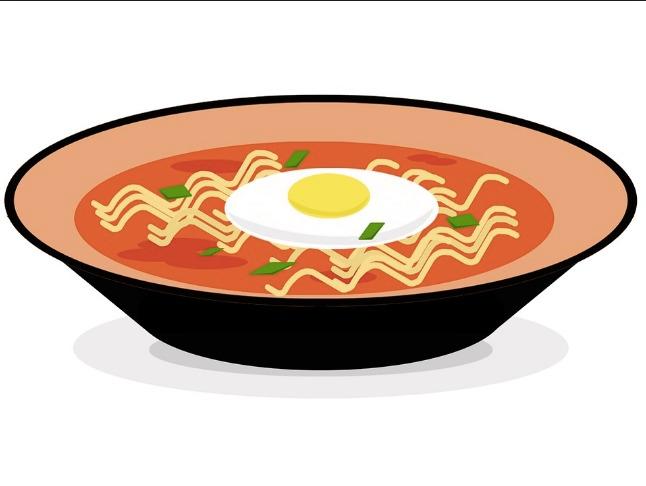First published on SBS Life, March 2016.
Our fascination with Korean chicken joints, pocket-sized Turkish mezze parlours and backyard pickling is a welcome antidote to meat pies. But does our new-found culinary sophistication signal real diversity or something else altogether, asks Neha Kale.
On the rare occasion that my brother and I find ourselves in my grandmother’s kitchen in Mumbai, overlooking the Arabian Sea, we become the happy recipients of an endless stream of dishes. When I’m in her kitchen, I remember that failing to speak the same language doesn’t mean that I’m oblivious to what she’s trying to say. The dishes range from fiery golden fish curries, laced with turmeric and tamarind to vegetables spiced with fenugreek and freshly made chapaatis, rolled painstakingly by hand. My grandmother cooks with the velocity of someone who believes that a meal can compensate for the distance between the place we were born and the place we live our lives. Flavours and textures can mean so much when language always seems to fall short.
Like any kid who immigrated from India but grew up in nineties-Perth, I binned the lunches my mother packed me, cursed my distaste for Vegemite and ranked pie and chips for dinner at the house of a friend I was enchanted with among the most thrilling encounters of my young life.
All grown up now, I have a new-found appreciation for my heritage. And it’s not only me. In the last few years, I’ve noticed that this appreciation of flavour and texture is changing the way we eat on a national scale. These days, Australia’s increasingly sophisticated culinary culture means that dining out in Sydney, Melbourne or Brisbane is as likely to involve wagyu phở, cooked in ginger and star anise, at a shoebox-sized Vietnamese eatery; a midnight quest to find the city’s flakiest roti canai, courtesy of that vendor who relocated from Kuala Lumpur; or a Bangladeshi eating house where patrons savour tandoori spatchcock (and Dhaka-themed cocktails) rather than an oversized bowl of pasta or medium-rare cut of steak. For every second-generation talent reinventing the food they grew up with, you’ll find a faux izakaya whose menu recounts the (white) chef’s lifelong connection with a mythical Tokyo ramen master. In a country where nearly 28 per cent of all residents are born overseas, according to 2015 ABS statistics, this culinary diversity can’t come quickly enough.
Although our evolving palates are a powerful metaphor for evolution, this obsession with ‘ethnic’ eating isn’t without its flaws. For every second-generation talent reinventing the food they grew up with, you’ll find a faux izakaya whose menu recounts the (white) chef’s lifelong connection with a mythical Tokyo ramen master, a Korean-Mexican fried chicken joint whose owners are neither Korean or Mexican or a much-hyped diner whose curry prices could put an Indian apprentice through culinary school.
There’s no doubt that articles that urge foodies to travel to far-flung suburbs to sample that tiny mezze place or the city’s best Sichuan cooking have made eating out more exciting. But they also risk creating a Foodie Olympics, where points are awarded for the spiciest, strangest and most obscure – as if turning the food staples of entire cultures into a “culinary adventure” isn’t offensive enough.
“Eventually, a hole-in-the-wall reaches critical white-Instagrammer mass, and the swarm moves on to its next discovery, decrying the former fixation’s loss of authenticity,” Soleil Heil writes in her February 2016 essay ‘Craving the Other.’ Worse still, it sparks the probability that the enthusiasm that sees your average ‘ethnic’ food lover identify star anise from Sichuan pepper with their eyes closed, won’t extend to acknowledging the actual differences between Chinese people.Like Ruth Tam, who described her reaction to finding out that the bone broth her grandmother used to make was being co-opted by paleo dieters, thrilled by their “discovery”, in an August 2015 Washington Post article, recently seeing kitchari – an unsightly Indian porridge known for its healing properties – appear, airbrushed, on wellness blogs left me with a feeling I couldn’t place. There’s something profoundly unjust about a world in which immigrants renounce their eating habits, for fear of being reduced to the food they consume when white people – who receive kudos for pickling and fermenting produce without so much as a nod to the Middle Eastern and South Asian communities that have been perfecting these techniques for centuries – get to be cultural connoisseurs.
In the brilliant Netflix series Master of None, Aziz Ansari’s Dev, the son of Indian immigrants, is passionate about pasta and I can relate. In both my personal life and my career writing about culture, steering clear of the food I grew up with freed me from the burden of deflecting curiosity, when – truthfully – I’d rather be pursuing my interests.
But as I get older, I’m starting to revise my stance. Flavours and textures don’t tell a whole story but they can help you understand the things that words never can.
